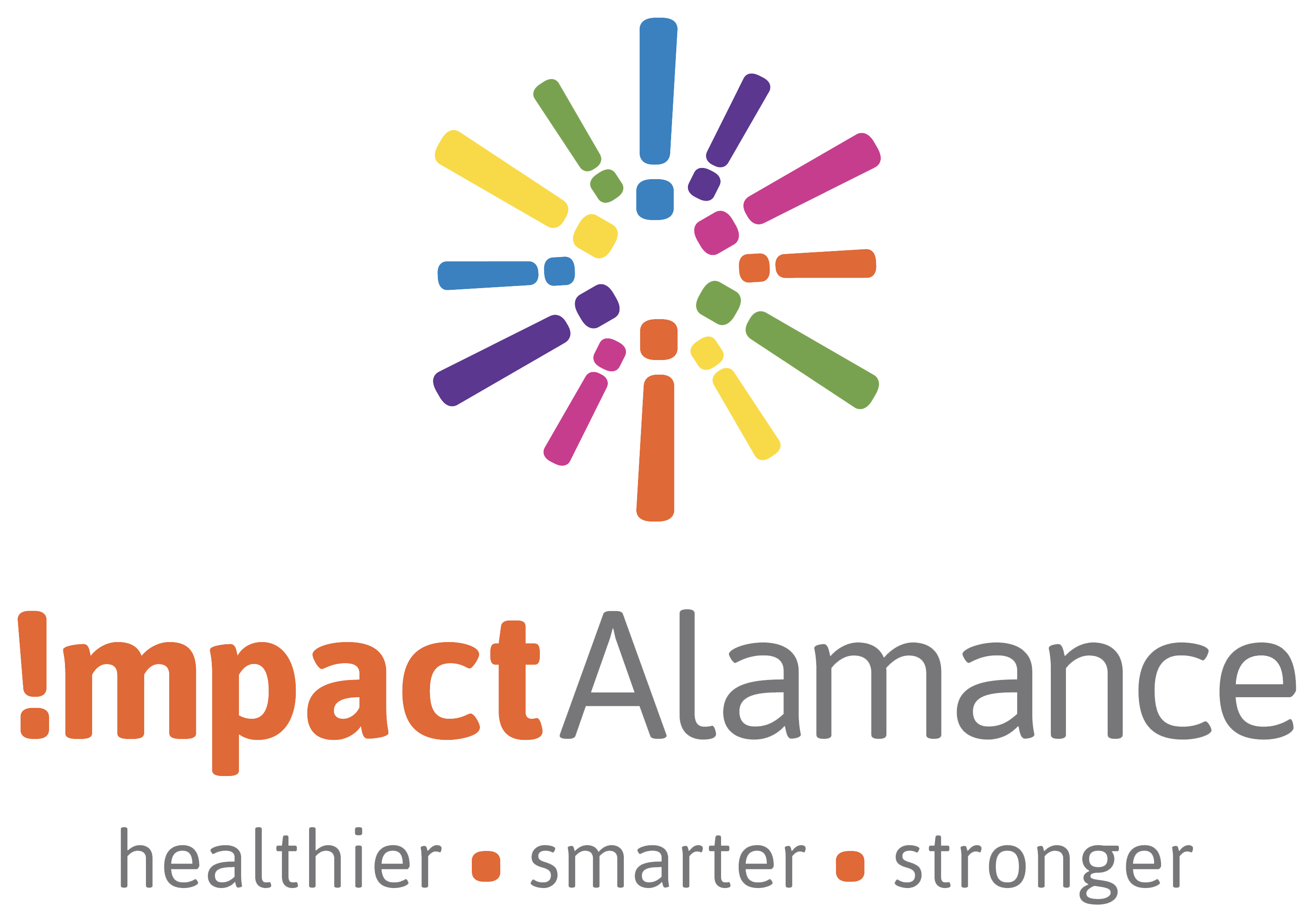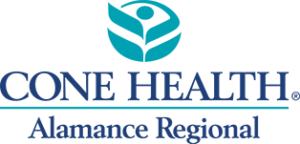Volunteers help pack 500 weekend food boxes at Alamance County’s Lamb’s Chapel. The boxes were distributed to the families of low-income students in the Alamance Burlington School System to tide them over the long holiday weekend. Photo credit: Impact Alamance
Alamance coalition gets kids fed over the long holiday weekend
Since North Carolina schools closed in March, many children have continued receiving lunches from their school districts. This has meant that essential workers such as cafeteria workers, bus drivers, school social workers and others have continued working to get those lunches out, even as their own children might be at home.
That’s been the case in Alamance County where almost 60 percent of the children in the Alamance-Burlington School System are eligible for free and reduced lunches.
Since schools closed, the district has provided more than a quarter million meals to children, not just students, in low-income families. The meals are a hot lunch and something for the next day’s breakfast.
“They set up 22 sites where families can come for grab-and-go meals,” said Tracey Grayzer, head of Impact Alamance, a local foundation that focuses on improving health in the community. “They also have more than 300 bus stops to deliver the food to families.
“It’s been an incredible effort on the part of the school system, and they had that figured out in three days. It’s been amazing.”
District officials, realizing their workers needed a break, reached out to Impact Alamance for help with feeding local families over the long holiday weekend.
“They asked us if there was anything we could do to help fill that gap over the four day weekend, knowing that Thursday was the last meal they’d deliver until Tuesday.”
Grayzer and her staff quickly pulled together a coalition from across the community: UnitedWay, the local faith council and a local business that donated money to buy the food. They amassed enough for 500 weekend food boxes consisting of pancake mix and syrup, canned food, prepackaged chicken and pasta meals, granola bars, peanut butter, bread and more.
They used small groups of volunteers, over several days, who set up and packed the boxes in Lamb’s Chapel, a local church, then delivered them to the schools, where the school social workers handed them out to families.
Grayzer said it was a mad scramble, but satisfying. She said her organization usually works on larger issues such as advocacy and organizing.
“We’ve had to shift what we’re doing to meet the needs of the community,” Grayzer said. “Our mission is to improve the health of the community and there’s no better way to do that than to serve those who need it the most.” – Rose Hoban


